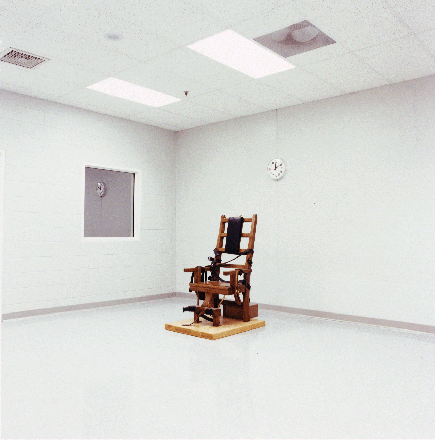July 1, 2010Comments are closed.dogs, shelter procedure

A case against a Sunbury man whose three dogs were accused of roaming and killing four chihuahuas and a maltese cross has been adjourned until August 17. Scott Chapman (whose appearance on A Current Affair can be seen here), had pleaded guilty to allowing his dogs to roam and kill, and Hume Council have applied for the three staffordshire crosses (Kaos, Phantom and Bean Bag) to be destroyed.
What is interesting about this case, is how human morality has been projected onto the animals involved. There is no doubt, the effect on the owner of the dogs who were killed in the attack would have been catastrophic. However, the job of the law and of animal management is to be a neutral party, looking for failures in the system that can be remedied and taking the minimum action needed to avoid the situation happening again. Instead we have anthropomorphism at its finest; dogs being held up as ‘victims’, other dogs being held up as ‘perpetrators’ and the real causes and solutions being lost in the fray.
Despite the fact the dogs have been described by authorities as ‘staffordshire crosses’, the Lost Dogs Home used the attack as a chance to continue their campaign against pit bulls. Though the dogs were known as dog pound “frequent flyers” and the owner has since been able to get another staffy, authorities fixated on the (incorrect) ‘breed’ as the issue.
An effective animal management system would take the opportunity to examine the failure of early intervention strategies from keeping these ‘repeat offender’ dogs from eventually getting themselves into serious trouble. Any group of large breed dogs roaming about is dangerous. However, just as we wouldn’t look to ban large breed dogs, neither does it make sense to ban an entire breed of dog, when it was the owner’s behaviour at the core of the problem.
Any owner who repeatedly fails to protect their dogs and keep them from harassing the community presents a public danger. This can be remedied by targeting those owners who do the wrong thing. By contrast breed-specific laws target dogs who’ve never caused a problem in the community, seizing them from loving owners and killing them for being the ‘wrong’ breed, and is simply an unethical, ineffective, waste of resources.
Hume City Council have applied to kill the dogs, as the owner failed to meet the deadline to build a suitable enclosure to contain them. In short – Hume City Council has applied to kill the dogs because their owner is a loser jerk.
This is simply revenge. A dog gets no say in whether they’re owned by a great owner who loves them for a lifetime, or someone who needs to be banned from owning pets altogether. But as anyone in rescue knows, a crappy owner does not immediately, a ‘bad’ dog make. Most dogs, once in compassionate hands will blossom.
These dogs don’t deserve to die because their owner let them down, once in letting them roam and then again in not complying with the directions that could have saved their lives. When dishing out ‘punishment’ we must make sure that the innocent animals aren’t dealt the retribution that should be directed at their negligent owners.
The dogs were saved from death row previously, when the court ruled there was insufficient DNA evidence to conclude which dog/s carried out the attack. The determination then, that these dogs should be killed as the perpetrators of a crime, raises an interesting question; if we’re going to give these animals the very human attribute of ‘evil killers’ do they also deserve the human protection of ‘innocent until proven guilty’? If we don’t know whether all of the dogs were involved, how do we know know all of them should be killed under the charge?
But this waxing lyrical about dogs who kill other animals as being beyond redemption, completely ignores the nature of dog behaviour, which is that it is circumstantial, fallible and able to be manipulated. The likelihood of a unsupervised pack of three dogs meeting a pack of five dogs, without injury is low, and with the enormous difference in size between the animals the tiny dogs stood little chance of surviving. If it were to happen in the wild we would consider it a territorial dispute. While terribly tragic, it’s certainly not ‘evil’.
While there is no doubt that the owner of these dogs is negligent, are the dogs dangerous? Without a professional and unbiased behaviour assessment, we’ll never know. If they are untreatably aggressive, then they should be destroyed for public safety. But they aren’t criminals and we shouldn’t feel a moral obligation to kill them. We should instead recognise that they are animals, who do what animals do – and at the very least they deserve a fair evaluation and possibly a chance at a better life with a better owner.